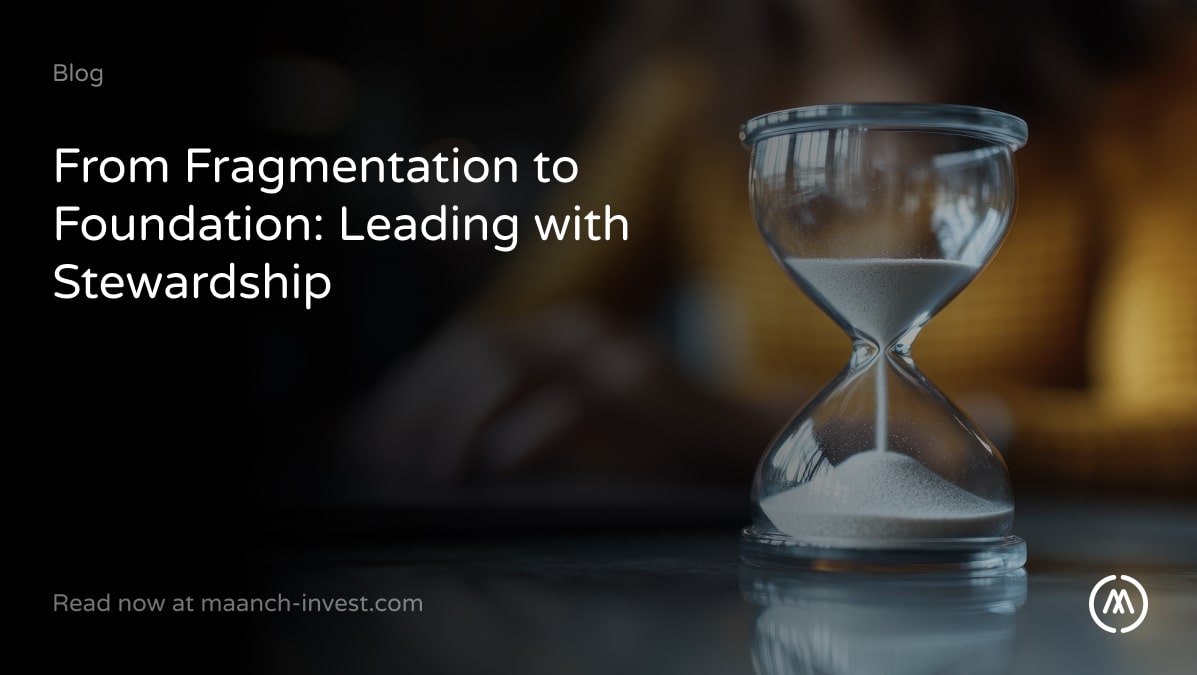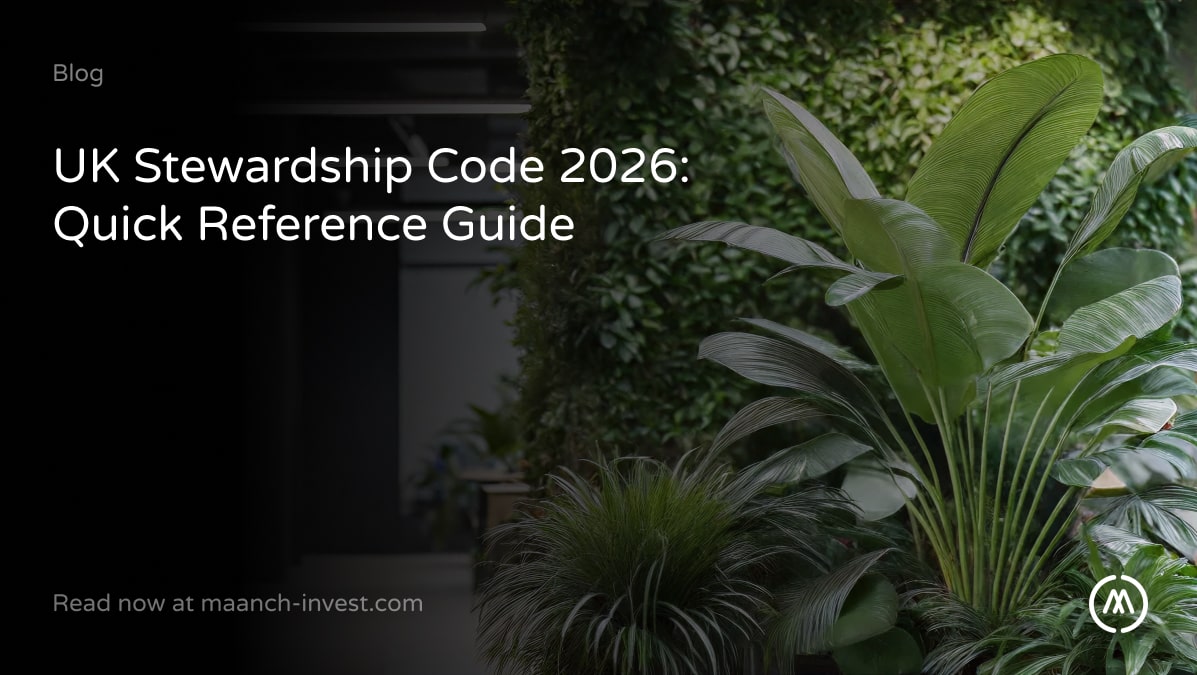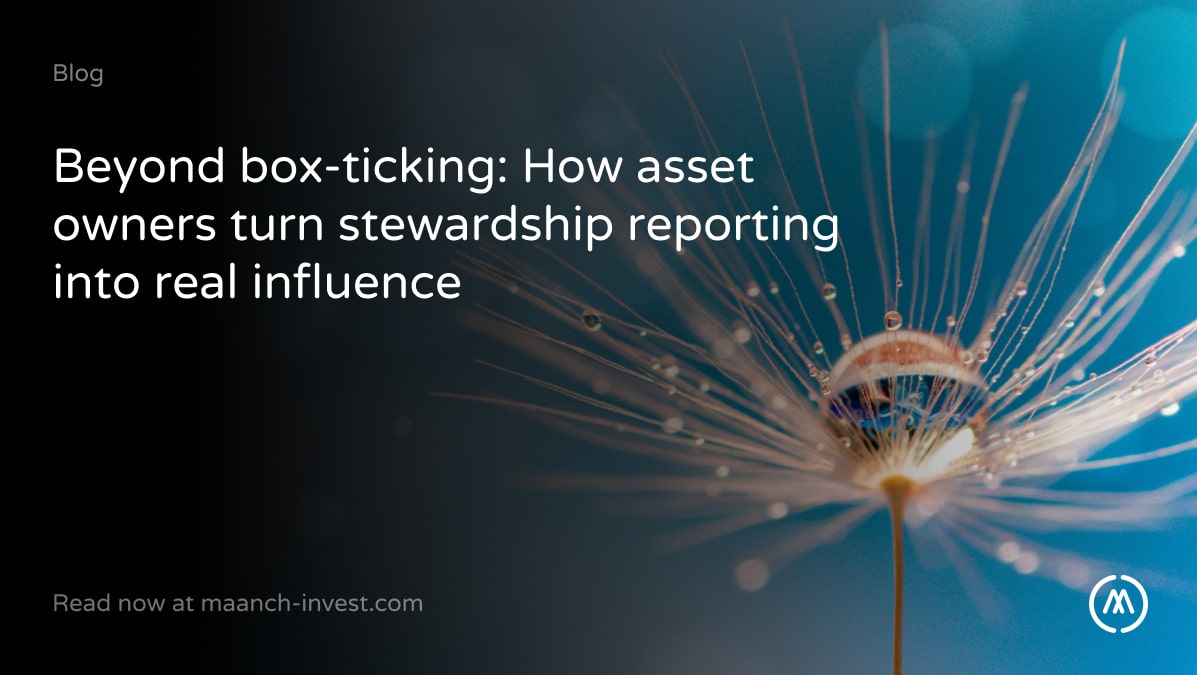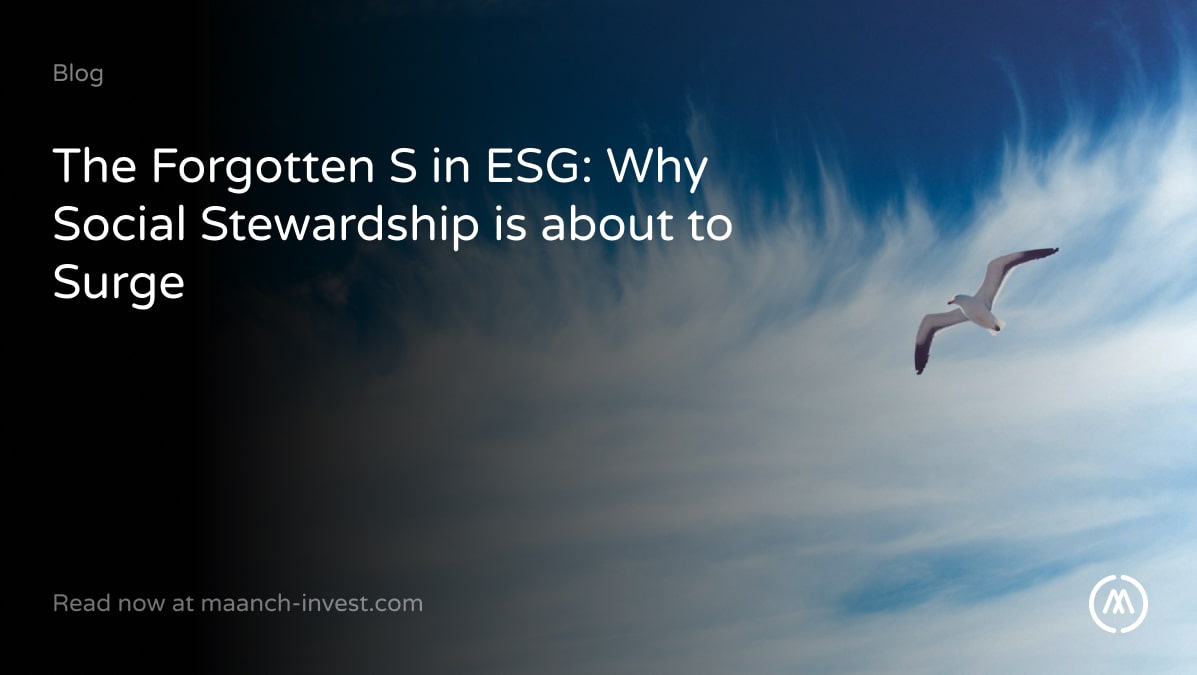Asset managers face growing expectations over stewardship. But far from viewing stewardship as a burden, managers should instead leverage it as a competitive advantage.
Fragmentation in the market:
Stewardship is fragmenting. Some funds invest heavily in engagement and voting. Others lack the in-house capacity for effective stewardship, according to a Pensions for Purpose report. This leads to inconsistency in the market.
Maanch believes that a fragmented market calls for consistent frameworks, to encourage collaboration between investors, asset owners and regulators.
UK funds looking for a framework can follow the UK Stewardship Code 2020. This sets standards for asset owners, managers and service providers.
The number of funds that are signatories to this code grew from 95 in 2023 to 110 in 2024, according to LGT Wealth Management. It is worth noting that revisions to this code will come into effect in January 2026.
Managers can also look to the UN Principles for Responsible Investment, which provide useful guidance for ambitious stewardship.
Collaboration is important, according to PRI data released in March, which was based on responses from 3,048 signatories. Forty-eight percent of asset owners prioritise collaborative stewardship over carrying out stewardship independently. Nineteen percent of asset managers agreed.
Stewardship is a performance driver:
Frameworks provide a helpful basis for stewardship as a core performance driver. Stewardship is playing a growing role in influencing manager selection. Investment consultants and asset owners are increasingly analysing engagement quality as part of the selection and retention process.
Misalignment between asset owners and managers over ESG can cause tensions, and even sever relationships.
Stewardship can also have an impact on long-term investment strategies. Managers are being dared to go further.
According to its 2024 fund engagement report, LGT Wealth Management wants improvement in its managers’ ESG integration practices. It has set the below stewardship-related aspirations:
- All funds to have a responsible investment policy.
- All funds to state that at least “some ESG analysis is integrated within security analysis”.
- More funds to become active members of relevant industry initiatives.
Effective engagement strategies are, however, not purely about risk mitigation. They are becoming sources of long-term investment outperformance and competitive differentiation.
This will prove particularly important in a world of increasingly unpredictable capital markets. Investing with a focus on stewardship “helps tilt security selection towards those names with greater leadership foresight, resilience and adaptability to navigate volatile times”, according to Wellington Management.
Wellington emphasises the importance of robust governance and the ability to balance the interests of stakeholders. It also champions a company’s ability to focus on the environmental impact of its operations.
Asset owners and consultants need data:
Good stewardship is impossible, however, without good data. Investment consultants and asset owners need transparent, auditable data. This information must be usable for linking stewardship initiatives to financial and non-financial outcomes.
Traditionally, stewardship teams have relied upon spreadsheets and manual data processing. This approach lends itself to inconsistencies and errors, in an era where consistency and accuracy have never been more important.
Technology is now an essential tool for engagement and voting. Solutions such as those offered by Maanch can to secure proper stewardship outcomes and instill confidence in stewardship teams.
Conclusion:
It is imperative to embed active ownership and stewardship analytics into investment decision-making. Asset managers that are stewardship leaders will be in a stronger position to win mandates and retain capital. They’ll also hold onto the trust of their clients.
Position technology can be a strategic enable in stewardship. Maanch can facilitate alignment and scalability through centralised data and analytics.
If you would like a demonstration of the Maanch Engagement Tracker, please book an introduction with our founder and chief executive officer Darshita Gillies via this link.



